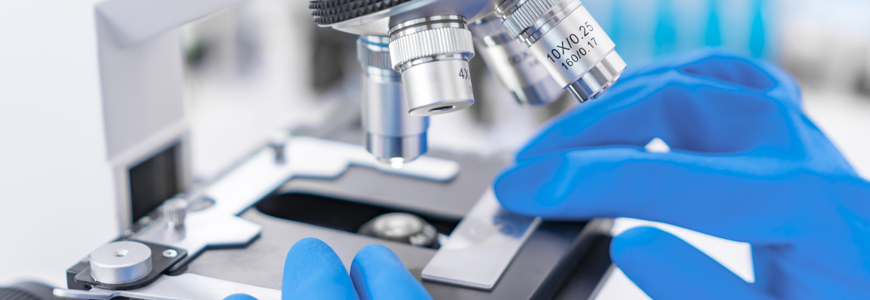Duke urologists recently adopted a newer, minimally invasive approach for performing a prostate biopsy in the clinic—a transperineal procedure that is linked to lower risk of biopsy-associated infection and may be associated with a higher prostate cancer detection rate than the conventional transrectal ultrasound (TRUS) system. The transperineal biopsy system avoids the transfer of potentially harmful rectal bacteria by creating two needle punctures through the perineum, enabling clinicians to obtain tissue samples from either side of the prostate.
Even though TRUS has been the most common system for performing prostate biopsies for the past 30 years, Thomas J. Polascik, MD, urologic oncologist, says it poses serious risks, even for relatively healthy men. “The hospitalization rate for sepsis after prostate biopsy around the world is about 3%, but with 3 out of 100 patients, that’s like rolling the dice—healthy men who come in for a biopsy can possibly end up in the ICU due to sepsis,” he says.
Antibiotic Resistance and Infection Post-TRUS
Polascik notes that studies show approximately 20% of men have an underlying bacterial resistance to ciprofloxacin—the recommended and most commonly used antibiotic for prostate biopsy prophylaxis—due to the frequent prescribing of the drug, making them especially susceptible to infection post-biopsy. To decrease the chance for infection post-TRUS biopsy and to determine whether a patient has a resistant organism, Duke’s rectal swab culture program examines a patient’s rectal flora for ciprofloxacin susceptibility prior to the biopsy. If the results do not indicate susceptibility, the patient is administered another type of targeted antibiotic prophylaxis. “But we have found that even with our targeted program, there is still a non-negligible infection rate,” Polascik says.
Instead of using peri-procedural ciprofloxacin, Polascik notes that some practices administer a much stronger non-targeted antibiotic via intramuscular injection, while others may prescribe multiple antibiotics for prostate biopsy, which is not good antibiotic stewardship, he adds. “There’s no solution that’s a sure bet. By giving the best antibiotics to prevent infection, we are then potentially setting up more resistance,” he says.
Pros and Cons of Transperineal Prostate Biopsy
In addition to potentially eliminating the need for antibiotics altogether—as the needle does not pass through the rectal wall—the newer method saves time; instead of requiring separate appointments for both a pre-biopsy rectal swab and a subsequent biopsy once culture results are known, as is done using the TRUS system, the transperineal prostate biopsy can be completed in one in-office visit using only local anesthetic.
Duke began offering the transperineal prostate biopsy option in the clinic in October 2019, but Polascik has been performing the procedure in the operating room for the past 25 years using a cryotherapy grid. This larger transperineal prostate biopsy is done under anesthesia for the purpose of obtaining prostate tissue systematically every 5 mm, the results of which can be reconstructed into a 3-D framework of the prostate itself. Polascik gives two common reasons for why patients may opt for this larger 3-D transperineal mapping biopsy: (1) to map out the exact size, number, and location of cancers within the prostate if interested in targeted ablation/focal therapy, and (2) to confirm for patients in which there is still strong suspicion of having the disease, despite several rounds of conventional biopsies that have not detected prostate cancer.
He notes that while many practices are switching to solely offering the transperineal prostate biopsy in the clinic setting, Duke’s approach depends on the goal of the procedure. “For me, it’s all about ensuring patient safety while maximizing cancer detection. It goes back to the question of whether you are trying to just find prostate cancer or whether you want to map it out in 3-D for focal therapy,” he adds.
Polascik cautions that the transperineal biopsy as performed in the clinic via only two skin puncture sites may not be as well-suited for mapping out tumor location, as is required for focal therapy in treating prostate cancer: “Most urologists and patients just want the diagnosis, and in that respect, it’s a great biopsy option. If you’re doing traditional whole-gland therapy, such as prostatectomy or radiation, you may not need to know precisely where the cancer is. But if you’re thinking about focal therapy, you have to know exactly where your targets are.”
